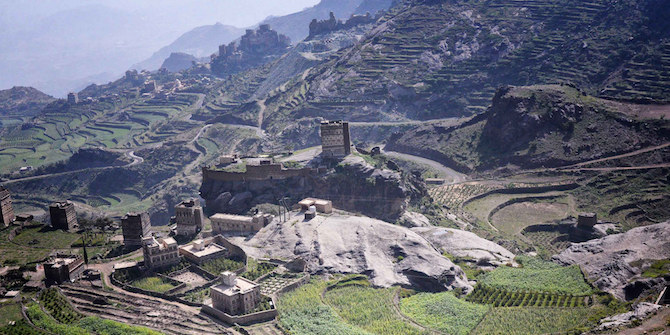
Yemen is a country with a lot of potential for growth and development. Once referred to as simply ‘The Happy Land’ (or Arabia Felix in Latin), Yemen was actually richer than its neighbours. But even many generations later, that society, which was largely self-reliant and self-sufficient, has not completely faded into history. In fact, the current failed state situation that Yemenis find themselves living in is more of an engineered outcome, the result of many years of regional powers collaborating with internal corrupt elites to artificially manufacture and sustain the current reality.
Expanding the Value of the Agricultural Sector
Economic development in Yemen is within sight provided that administrative, legislative and planning capabilities are developed and cultivated wisely. The agricultural sector, for instance, could be modified to produce high value produce. Agriculture is already the third largest contributor to national GDP, after services and industry. The sector employs 73 percent of the workforce either directly (33 percent) or indirectly (p. 77). However, the sector faces severe structural challenges that threaten its sustainability in the foreseeable future. Among the most pressing challenges is water overuse. Since the 1960s, and with the introduction of modern water extraction technologies, the country has seen a transition from traditional methods to more advanced water pumps. This caused an expansion in agricultural output at the expense of underground water reserves. The country’s water usage has already exceeded its rate of replacement (p.80). This poses real existential threats for a wide proportion of Yemeni society. Agriculture is not only a source of income for many, but has also provided a reliable source of food and stability, curbing the rate of internal migration. As such, the sector should have attracted more effective structural reforms that would facilitate its long-term sustainability and enhance its overall value.
The overall sectoral value can be immediately boosted by a number of measures. First of all, in terms of water usage, it should be noted that at least 40 percent of all water consumption in the country goes towards the production of qat (p. 80). Besides the economic and health impacts associated with its consumption, qat has little export potential and is primarily consumed internally. This leads to the loss of potential export income from alternative crops using the same resources. It also means the continuous draining of national income on a costly habit. However, the challenge of eradicating the practice faces many obstacles, most notably, the lucrative business of its trade. Qat provides a solid and consistent income for farmers as well as those involved in its transport and distribution. For that reason, its replacement must be through the gradual insertion of high value crops such as coffee and almonds. A mixture of instrumental incentives can be employed in this regard. Farmers should be incentivised to produce alternative cash crops through the provision of export subsidies, crop grading, valuation and marketing assistance from various government agencies, NGOs and market players. This should also be accompanied by a gradual increase in taxation targeting the production and servicing of qat production.
Coffee is a credible agricultural substitute. Coffee is a commodity that Yemen had over the centuries been famous for, with a concomitant reputation for quality. The country has the potential to reestablish its image in special value markets such as the US, Europe and the far East. A good comparative example comes from Ethiopia, which enjoys similar agro-ecological conditions to Yemen. Ethiopia has turned coffee into a steady and lucrative source of export income generation based on steady quality improvement initiatives. The country was successful in subsidising and facilitating aid in order to improve coffee quality to improve export value.
Honey is another commodity for which the country is famous, especially that collected in the Hadramout Valley. However, honey production, similarly to coffee, has suffered from a deteriorating reputation and subsequently a diminishing market share and value. Honey harvesting is a traditional practice, often handed down from one generation to another. Increased emigration, especially from the Hadramout region to neighbouring countries such as Saudi Arabia, has led to the gradual loss of this heritage. Farmers need support as to how to bring their coffee and honey production back to previous high-quality standards.
Challenges to Reform: The War Context
Looking into the effect of war on the sector, the picture turns gloomier. Less than 3 percent of Yemen’s land is cultivated, and there exists proof of deliberate targeting of the country’s already small and fragile internal food supply chain. Coordinated air strikes have specifically targeted farms, storage facilities and transport networks.
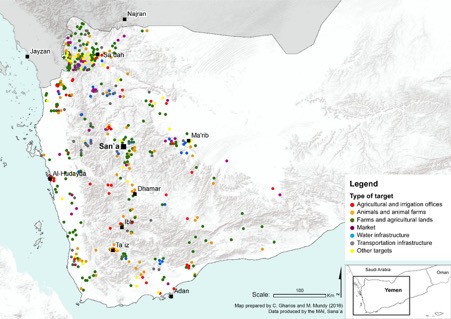
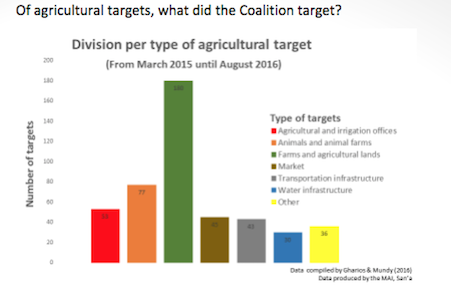
Specifically, in the period between March 2015 and September 2017, data collected by the Yemen Data Project confirms a systematic targeting of the farming industry. Over the course of this period, the data shows 356 airstrikes hitting farms, 174 targeting local food markets, and 61 airstrikes targeted silos and other food storage facilities in the country.
Looking at the level of devastation, all countries involved in the Saudi Arabian-led coalition, directly and indirectly, must be held accountable for the destruction Yemen has been subjected to. Contributions – financial, technical and humanitarian – will be needed to repair the damage that the country’s agricultural sector has suffered. In order for the country to recover from the war, it needs major infrastructural investments in soil recovery, roadbuilding, and the rebuilding of storage facilities as well as food processing mills. However, this would only be the first step in post-war reconstruction. Following these basic measures more progressive policies need to be developed in order to help the sector better contribute towards national income, increase national food security, and continue to provide jobs to a large segment of Yemeni society.
The implementation of the policy recommendations outlined above is much more pressing today than ever before. The war devastation wrought upon the agricultural sector poses a major threat of famine and subsequent mass migration, making urgent the case for reform.
The author of this piece is a researcher based in Saudi Arabia. We are not sharing their identity in the interests of their safety.





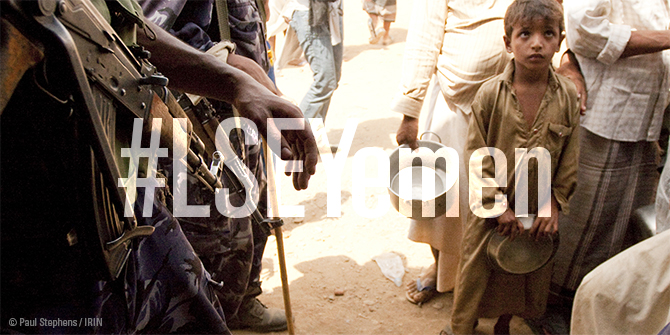
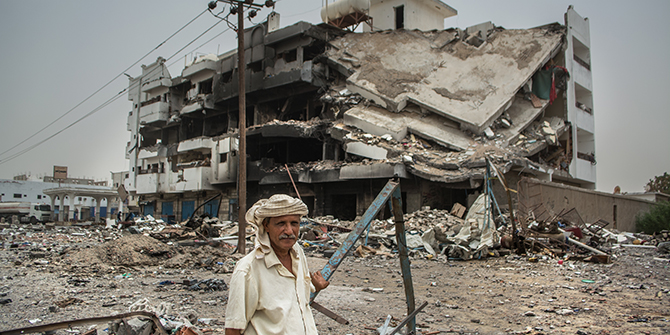
https://yemeni-mp.com/
Good info.Thanks